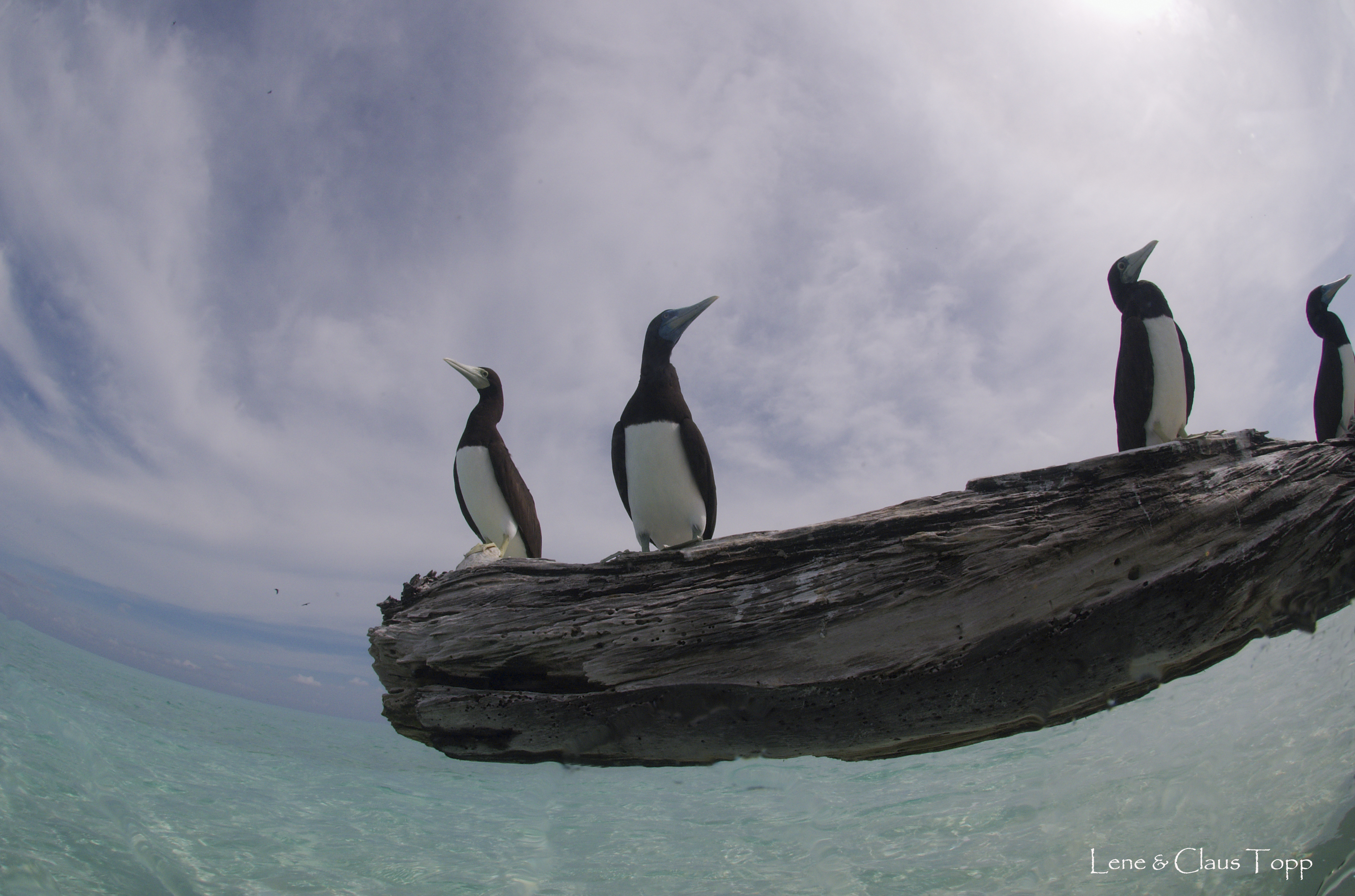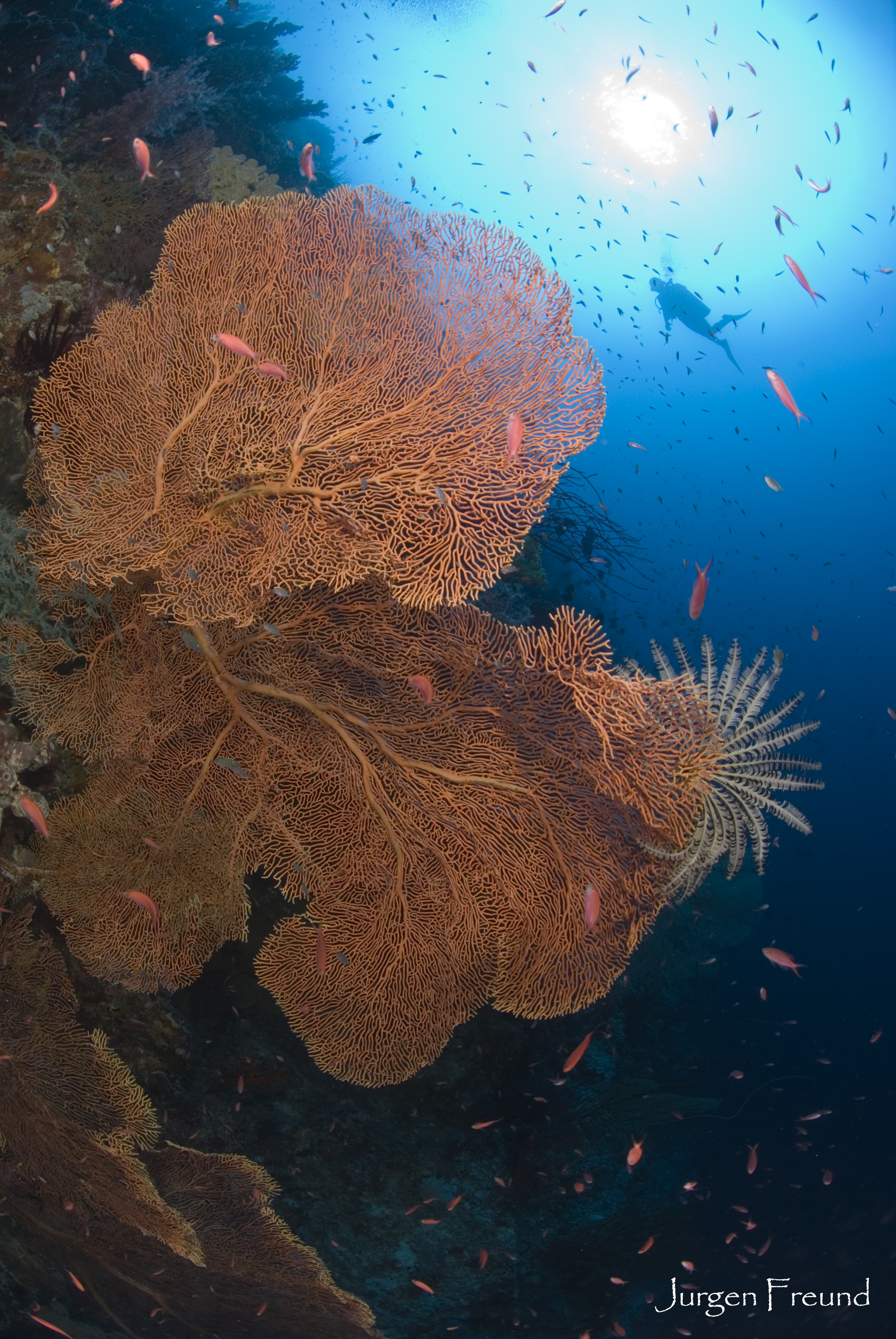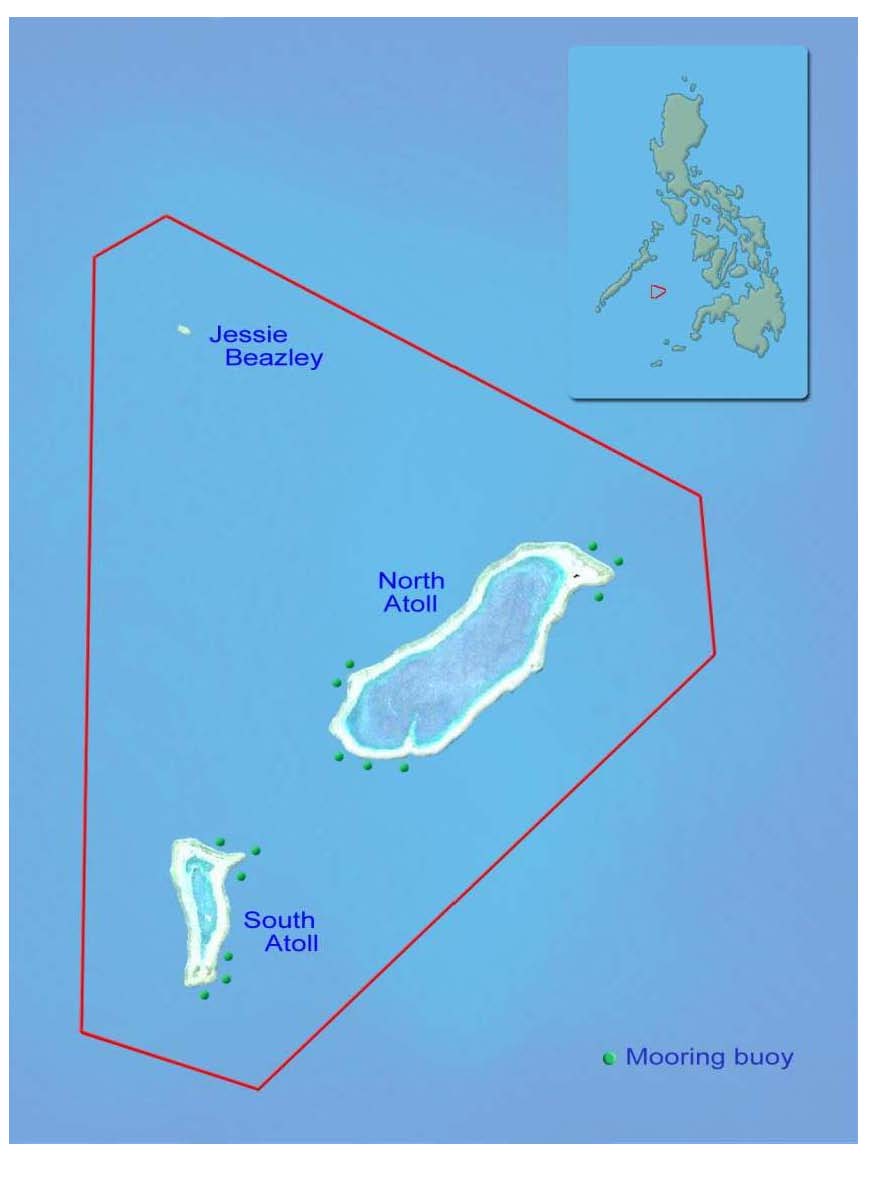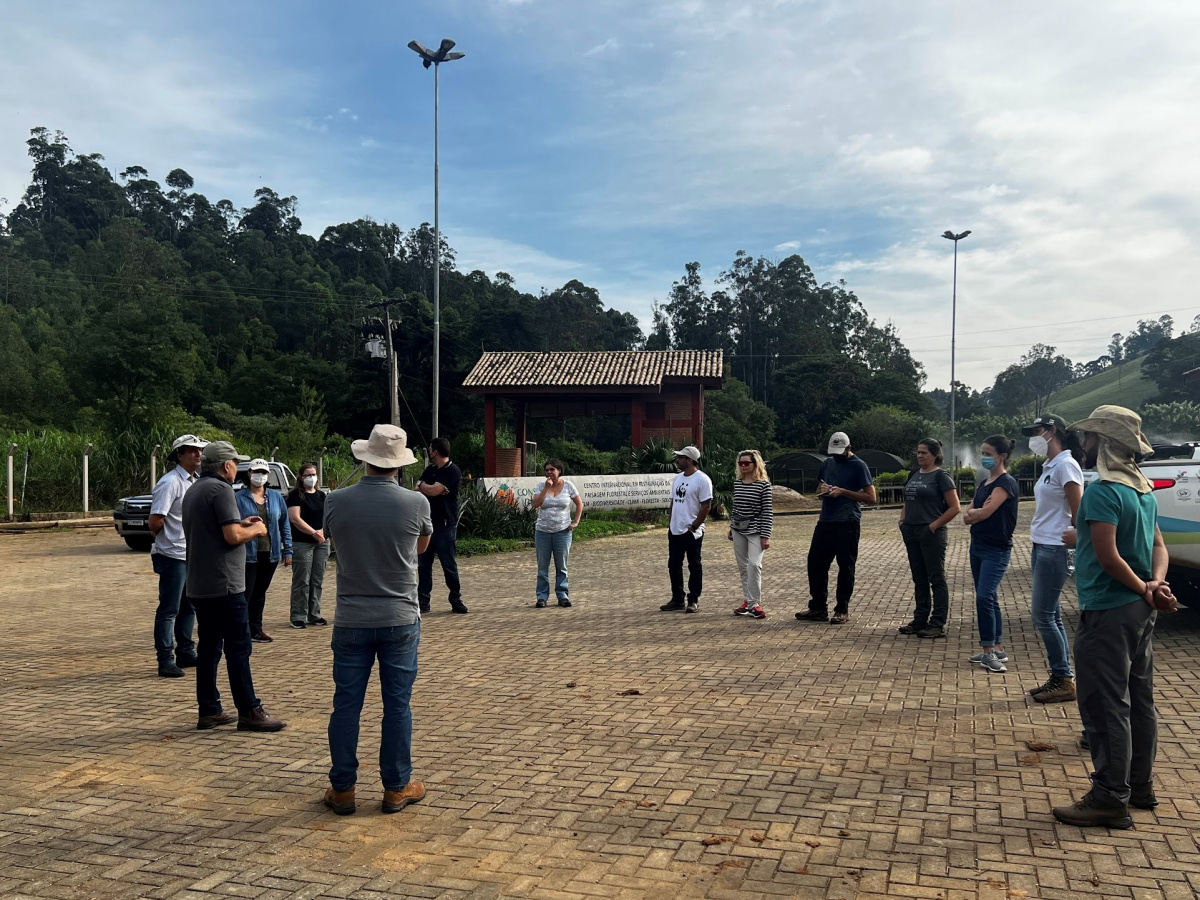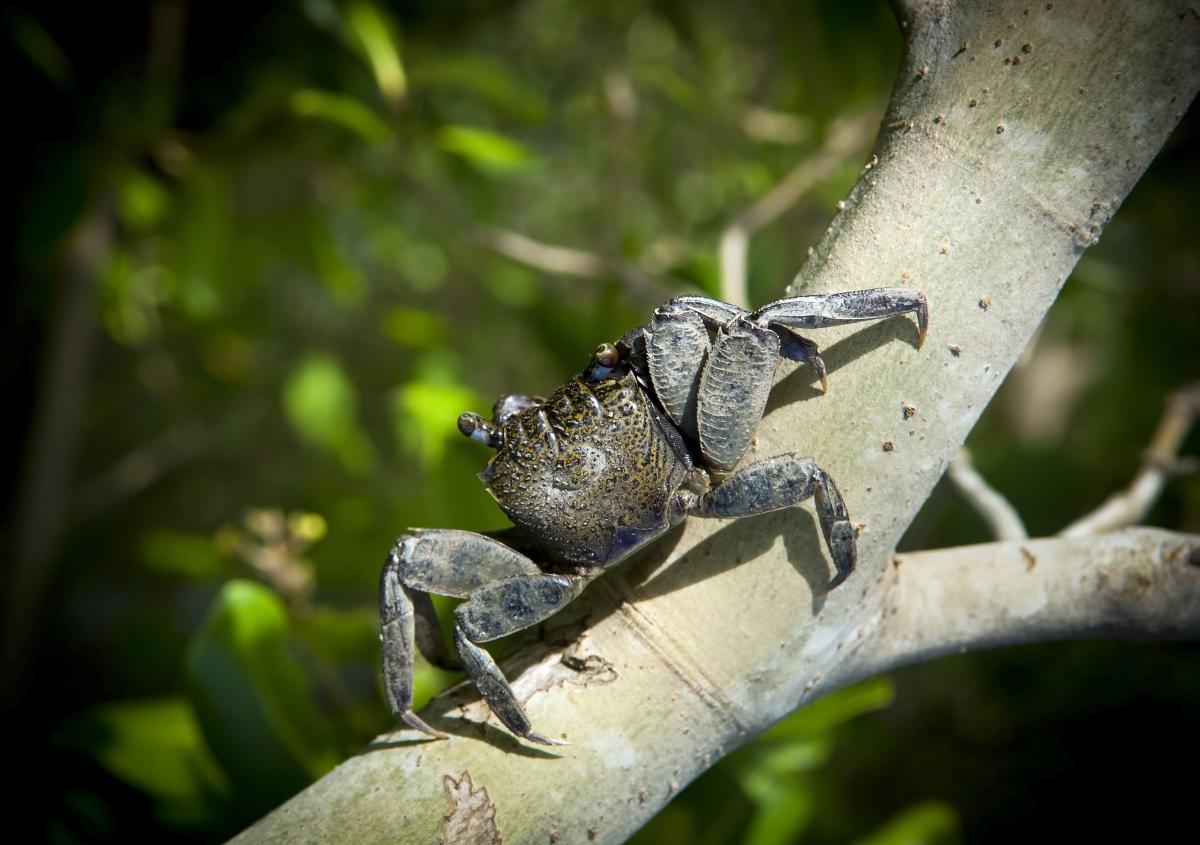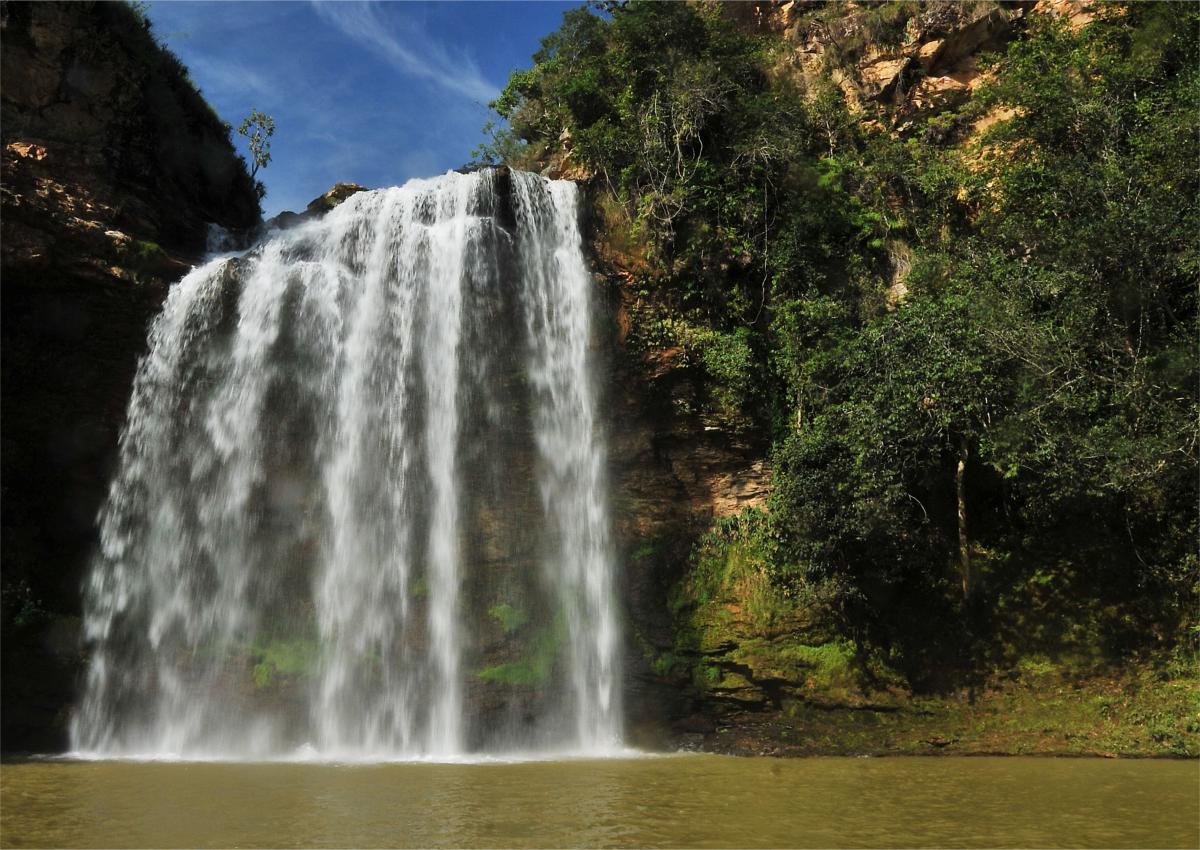Tubbataha Reefs National Park, the Philippines
Angelique Songco, Park Manager of Tubbataha Reefs National Park, explains a bit more about the park as part of this month's focus on protected areas.
Q. Tell me something of the history and geography of your park
A. It is believed that the formation of the Tubbataha Reefs is similar to that of coral atolls in the South Pacific where coral communities developed on the slopes and rims of submerged mountains and old islands. Both its islets have large inner lagoons and sandy areas, a few of which lie above sea level.
Tubbataha is exposed to yearly monsoons. The seas are rough during the months of June to October with the prevalence of the southwest monsoon. Rough seas also predominate during the months of November to March when the northeast monsoon occurs. Moderate winds from the northeast between April and June allow for regular visits to the area.
To the Cagayanons, as the local residents of Cagayancillo are known, Tubbataha represented a food basket. In the early 1960s to the 1970s, on board the locally manufactured wooden sailboat known as pangko, Cagayanons harvested marine products in Tubbataha, staying there for a month or so to catch fish, collect turtles and their eggs and seabirds and their eggs to tide them over the long lean months in their isolated island municipality. Their catch was used for food and as a currency with which to barter household commodities in the more prosperous Visayan islands. These long trips were a form of right of passage for young boys who were introduced to serious fishing by the older members of the community.
A local Palaweno fisherman guided scuba divers to the wonders of Tubbataha in 1978. The first commercial scuba diving trip to the Reefs was conducted in 1979 by a Manila-based scuba diving liveaboard facility. Within a few years, word of mouth quickly transformed this remote and unheard-of reef into a must-see destination for local and international scuba divers.
By the early 1980s, scuba divers, marine scientists, national research and academic institutions warned of the speedy degradation of resources within the reefs. This coincided with the growing prevalence of the use of motorized boats, which brought with it more efficient means of transport.
At this time, fishers from outside Cagayancillo began to exploit Tubbataha, securing fishing permits for a measly sum and harvesting products for sale in their heavily-populated localities. And as the fisheries productivity near the coasts declined, more fishers began to hazard the long and expensive journey to Tubbataha, where the volume of catch was sure to cover the cost of the voyage with a large margin left for profit. This also brought fishers from far-away provinces using cyanide and dynamite. Between 1984 and 1989, local residents of Cagayancillo reported an increased incidence of destructive fishing by large numbers of fishermen from the Visayas region.
In response to the growing concern of scuba divers, the Provincial Government of Palawan requested for the establishment of the Tubbataha Reefs as a National Marine Park. Presidential Proclamation 306 signed in August 11, 1988, by then President Corazon Aquino established the reefs as a no-take zone under the Department of Environment and Natural Resources.
This Proclamation effectively excluded the Cagayanons from harvesting anything in Tubbataha, an issue that rankled and caused disaffection among the island’s residents. Despite the establishment of the park, a 52 percent decline in live coral cover was observed in 1989 due to a combination of destructive fishing and inadequate enforcement inputs to safeguard the area.
The DENR, through a Memorandum of Agreement, turned over the management of the area to the Manila-based NGO, Tubbataha Foundation. The Tubbataha Foundation failed to sustain conservation efforts due to a lack of transparency in management and the eventual loss of support from various sectors.
In 1993, the Tubbataha Reefs was inscribed in the World Heritage List due to its unique and outstanding natural characteristics.
Q. What exactly is protected in your park?
A. As of the last surveys, 615 species of fish have been identified in the park. Of these, 11 species are categorized by IUCN as threatened with extinction. Of the 359 species of corals, 150 are classified as Near Threatened. The corals in the park consist of close to 90 percent of all coral species in the Philippines. There are 12 species of sharks, skates and rays and eight of these are either threatened with extinction or Near Threatened. There are also 12 species of cetaceans, two of which are Critically Endangered. The biggest population of seabirds in the Philippines is also found in the islets of the Park. The seven seabird species that breed in the park are unclassified due to data deficiency. There are 36 species of gastropods, one of which is classified as Vulnerable on the IUCN Red List of Threatened Species.
Q. Why should people care about this?
A. People should care about and support protected areas because they are our investment in our common futures. The loss of species anywhere in the world is everyone's loss. This generation has a serious ethical obligation to the future and each person needs to carry the burden of ensuring, not only that we do not suck this world dry of resources, but that we leave enough for the future generations to lead a comfortable life.
Q. What are the main threats to the biodiversity within your park?
A. Presently, small fishers are harvesting Trochus niloticus, a protected species of gastropod, in the park. The poverty in the fishing communities is such that the fear of arrest is outweighed by economic concerns. Climate change is a dark cloud over all our heads. Changes in weather patterns are very obvious. Strong typhoons are speedily eroding the habitat of seabirds. Although not scientifically proven, we sense that the crown-of-thorns outbreak in the park, which has never lasted this long before, may be related to changes in the marine environment.
Q. What are your main successes?
A. Fish biomass and density in Tubbataha continue to increase. Coral cover is maintained and most of the organisms we came to protect continue to thrive. We continue to prove that no-take zones are workable as long as institutions remain committed to the cause. Inter-institutional collaboration is a vital recipe in this success.
Q. How many people visit per year?
A. Tourist numbers vary from 1,000 to 1,500 per year. The tourism window is only three months of every year, hence the limited number of visitors.
Q. What would be your message to the world about the importance of protected areas?
A. People should care about the protection of natural resources because we are heavily dependent on these resources for life. We all share a common future because we live in the only habitable planet in the universe. It is our responsibility to ensure that this planet maintains the ability to supply our needs and of those of the coming generations. Marine protected areas maintain fish stocks that can enrich other areas around it.
